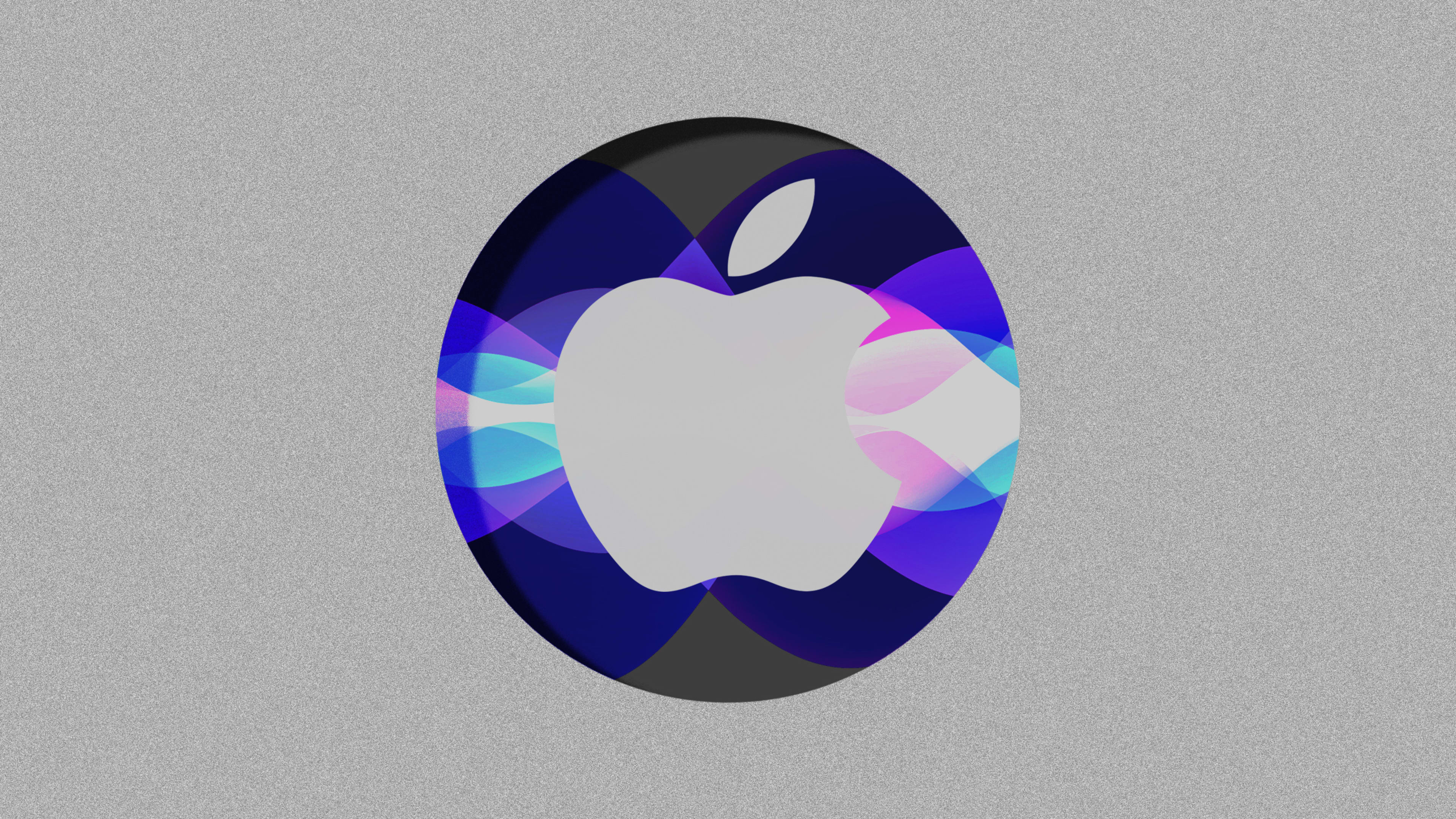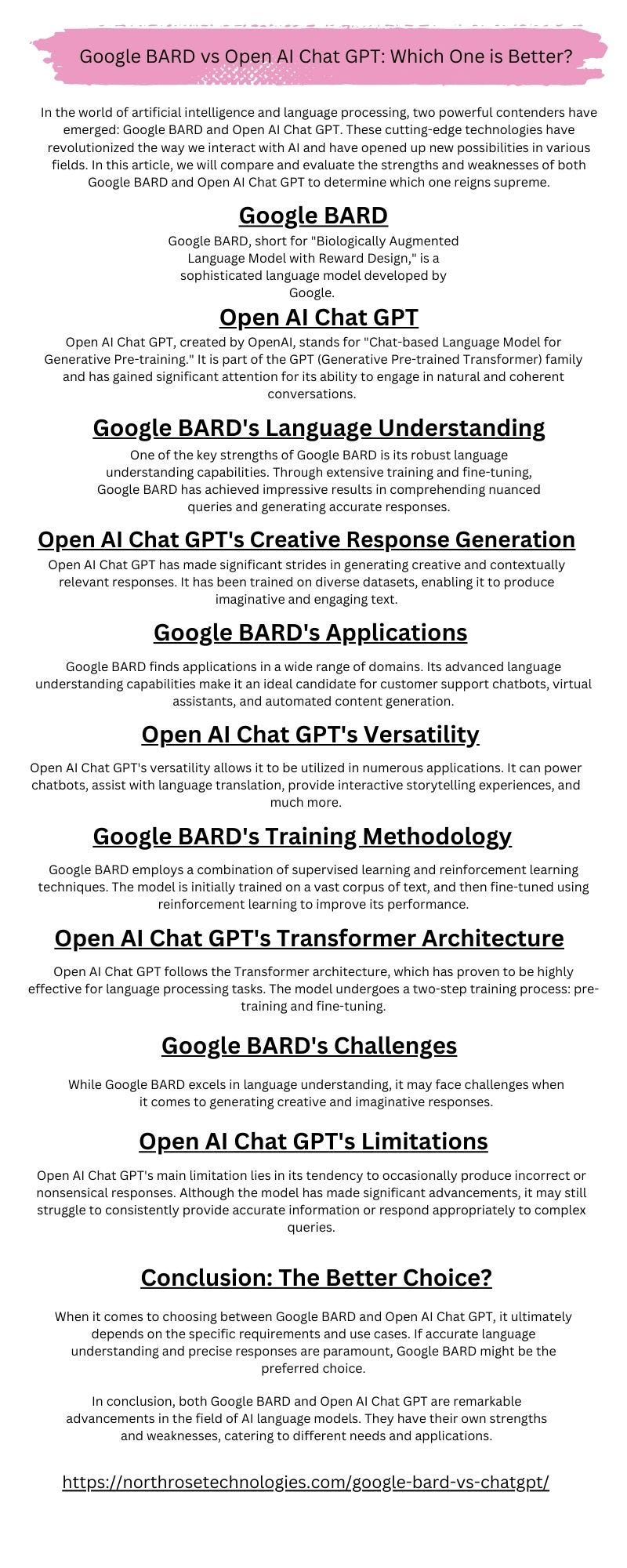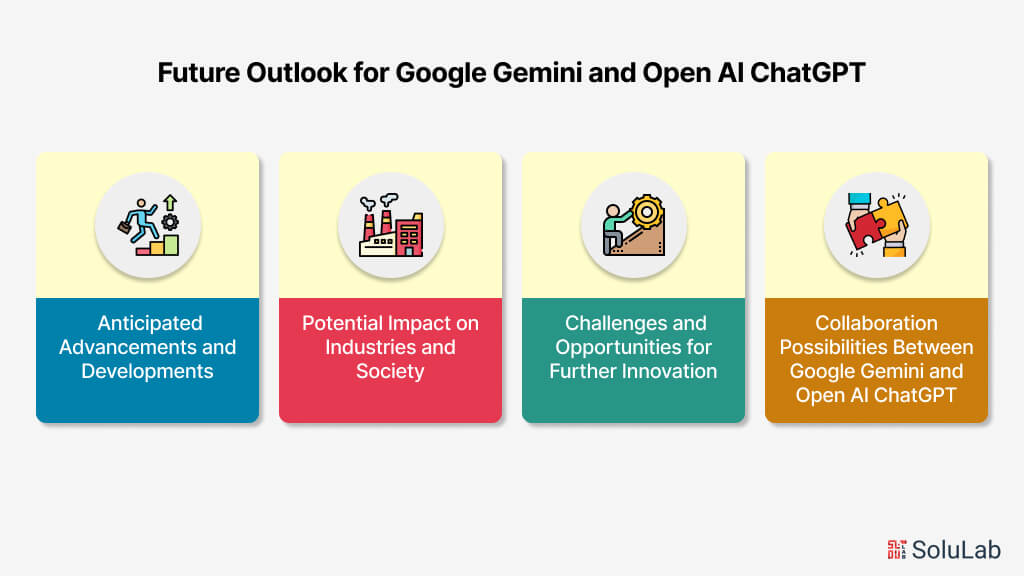Google vs OpenAI Updates: Ed3 World Newsletter Issue #31
This (almost) monthly newsletter serves as your bridge from the real world to the advancements of AI & web3, specifically contextualized for education. For previous issues, check out ed3world.substack.com. All new issues will be published on both LinkedIn & Substack.
Exciting news: two newsletter issues in one month! In addition to issues that introduce new concepts, I'm now including more narrative updates for timely insights. This issue couldn’t wait because you need to know what’s happening in the battle of the AIs: Google vs. OpenAI. You've probably seen countless posts about both, so my goal is to make this as useful as possible.

Competition Between Google and OpenAI
If you've been following the Open AI updates and Google I/O announcements, you’ve likely noticed the intense competition pushing each company to deliver bigger and better innovations. This rivalry is fantastic for driving progress. However, their approaches are notably different.
I found it challenging to keep track of all these updates, especially with the sheer volume Google has launched. For my own sanity, I categorized and mapped the updates based on my own interpretation. I used Google’s products as a baseline and overlaid Open AI’s updates for comparison, indicated by the OpenAI logo. Additionally, I provided descriptions of the features to the best of my understanding. I highly recommend reading each description - you’ll be amazed at what Google is accomplishing.

Implications for the Future
As you can see, Google is leveraging their AI models and use cases (right side of graphic) to enhance their existing products (left side). They’re integrating AI agents into nearly everything, which is incredibly smart. Personally, I’d prefer paying for a smart agent integrated into my existing GSuite products over generic plugins built on Open AI. However, many of these features haven’t been rolled out to consumers yet. These advancements highlight a larger narrative around personalization, automation, and productivity enhancement.
So what do these features across both platforms mean for the world? Here’s my brainstorm:
- The way we consume experiences and products will fundamentally change. Pre-internet, purchasing clothes, music, or groceries required a physical trip to the store and paying with cash from the bank. Today, we can order items with a click from home, with the automated systems handling payments and deliveries. With AI agents, we’ll be able to aggregate information and processes more efficiently, making it faster and easier to shop, return items, search for top-rated products and experiences, and summarize dense information.
- With multi-modal and spatial reasoning, the world will be more navigable and transparent. We’ll be able to break down information in real time. Imagine walking through a park and instantly knowing the names every flower and tree, and the history of sculptures. Imagine AI extending your learning experience in that moment by curating a set of videos or nearby exhibits based on your interests.
- Personalized telemedicine and diagnostics will improve drastically. With multi-modal remote consultations, diagnoses will be more accurate and timely.
- Spatial computing will help city planners design more efficient and sustainable urban environments, optimizing traffic flow, public transportation, and resource management.
- AI agents will monitor public spaces, detect unusual activities, and assist in emergency response, enhancing overall safety and security.
- We’ll be able to learn things faster, fix things more efficiently, and plan multi-step systems like meals, trips, and events, with ease.
On one hand, humans will satisfy their curiosities faster. On the other hand, we’ll likely face information overload.

We’re already seeing the impact of generative AI on writing, images, and audio. But with AI agents, we’ll set up more workflows to automate the routine and mundane tasks. When emailing someone, you’ll likely interact with their AI agent first. Based on your profile and relationship, the recipient’s AI might activate various workflows in response to your email.
The content we produce will undergo greater scrutiny because everyone will start from a high quality baseline. These multi-modal experiences won’t replace or reduce our work but will demand higher quality content that requires more creativity. Entertainment, for these reasons, is poised for a renaissance.
More people will produce diverse types of content. Individuals, whether neurotypical or neurodivergent, who excel in expressing their vision through a particular modality will seamlessly transition between different forms of content creation.
Misinformation will be rampant.
Our roles as friends, parents, workers, business owners, investors, entertainers, will evolve with changes in communication, workflow, consumerism, and information retrieval.
There are so many other implications I’ve missed, so I’d encourage you to add your thoughts in comments to continue this thread.
Over the past three years, generative AI sparked hope for transforming education. However, this transformation hasn’t materialized. Currently, most AI products and services focus on automating already flawed tasks in teaching and learning. Instead of enhancing the learning experience, we’re using AI to generate lesson plans more quickly. As I




















